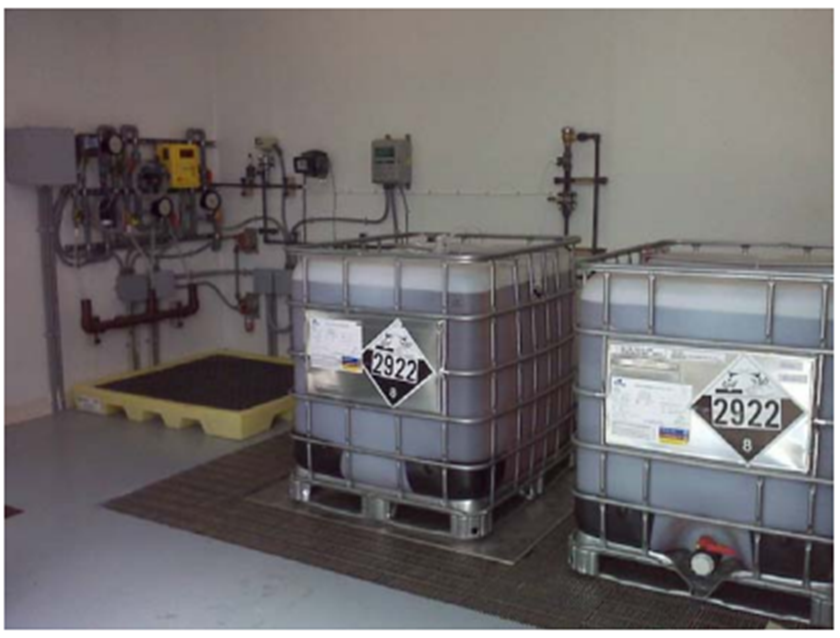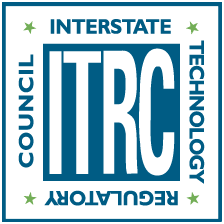Author: Gregg Jones
Site Name: City of DeLand, Florida, Airport ASR Facility
Location: Deland, Florida
Operator(s): City of DeLand
Permitting Agency(s): Florida Department of Environmental Protection, St. Johns River Water Management District, Volusia County Health Department
Current MAR Status: Pilot test. System no longer in service.
Year Constructed: 2005
Costs: A conservative cost estimate for the system is approximately $42,000. Operation and maintenance costs (O&M) were very minimal. The cost of the sodium hydrosulfide pretreatment chemical (NaSH) depends on the volume of water to be injected and its dissolved oxygen (DO) concentration. Based on typical DO concentrations in treated surface water, the annual cost of NaSH will range from approximately $9,000 to $18,000.
Project Contact Information: Gregg Jones, chief hydrogeologist, Brown and Caldwell ([email protected])
Project Website/Publication Links: N/A
Purpose of MAR:
- Water supply resilience
- Improving groundwater quality
Source Water:
- Not applicable
Water Quality:
- Pretreatment required
Recharge Technology(s):
- ASR well
Project Description
Elevated levels of arsenic in water recovered in many ASR systems in Florida became a serious concern to regulatory agencies and water supply utilities following the Florida Department of Environmental Protection’s decision to reduce the arsenic drinking water standard from 50 parts per billion (ppb) to 10 ppb in 2006. Studies showed that mobilization of arsenic and other trace metals into stored waters occurred as oxygenated surface water was injected for storage into the low-oxygen environment of the Floridan aquifer. This caused minute quantities of naturally occurring arsenopyrite in the limestone matrix of the aquifer to become unstable and dissolve, which resulted in release of arsenic into the stored water.
A collaborative research effort in Florida that involved universities, state and federal agencies, and consultants determined that the mobilization of arsenic and other trace metals into stored waters could be significantly reduced by removing the oxidants from the water prior to injection/recharge. Methods investigated to remove oxidants from water involved relatively expensive technologies such as membranes and other gas stripping systems that experienced significant problems, including rapid membrane fouling.
A relatively simple and inexpensive process was eventually developed by (Pearce, Waldron, and Horvath 2009) that eliminated leaching of arsenic during ASR cycles by adding a sulfide compound into the injection-flow stream that maintained the low-oxygen conditions of the natural aquifer environment.
The process involves the mixing of sodium hydrosulfide (NaSH) into the recharge water prior to injection using standard chemical metering and mixing equipment at low concentrations (3–6 parts per million). The sulfide in the NaSH chemical combines with oxygen to form sulfate, which effectively removes free oxygen from the water to be injected. Upon injection, the low-oxygen environment in the Floridan Aquifer is preserved, which results in an arsenic concentration in recovered water that is well below the drinking water standard and will require little to no additional treatment prior to distribution.
Project Planning/Implementation
The NaSH process was tested at an ASR facility owned by the City of DeLand in 2009. Pilot testing involved ASR cycles of 5 million and 20 million gallons of recharge, storage, and recovery. Results of the testing showed that for both operational cycles, the concentration of arsenic in the recovered water was less than 1 ppb, much lower than the 10 ppb drinking water standard. Figure 1 is a photograph of the system including the totes that contain the NaSH chemical. The process has since been successfully employed at additional ASR sites in Florida, including the City of North Port and the City of Sanford.
The addition of NaSH to aquifers containing potable water has been accepted by the Florida Department of Environmental Protection and has received National Sanitation Foundation certification for use in drinking water systems. The NaSH process is low cost compared to other pretreatment processes that prevent arsenic mobilization. Components of the system include only standard chemical feed equipment, controls, and metering. Maintenance is very limited because there is no need for prefiltration or chemical cleaning systems, such as those necessary for membrane processes. The cost of chemicals is also relatively low, resulting in very significant savings over alternative treatment methods.

Figure 1. Photograph of the entire NaSH pretreatment system including the NaSH totes.


